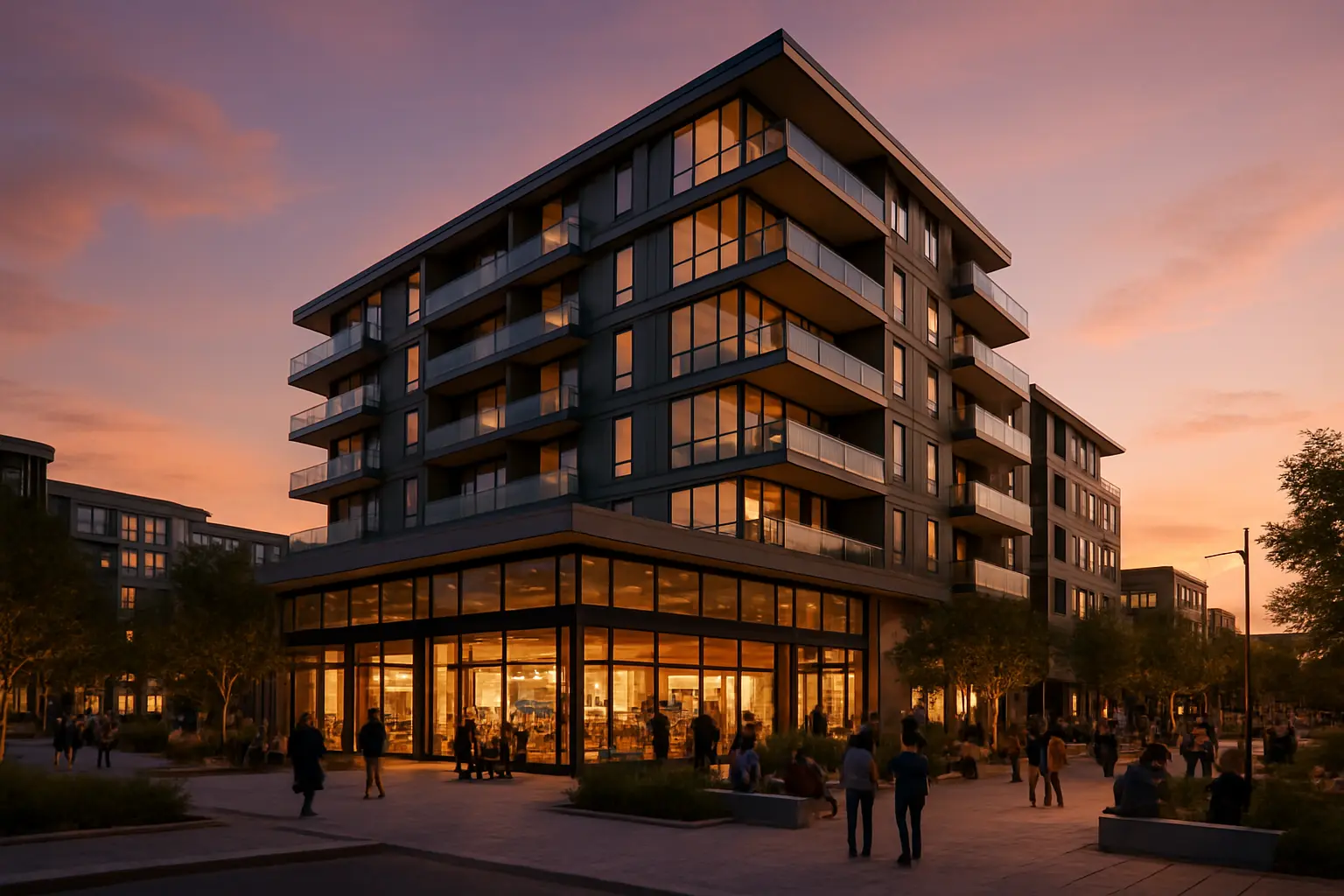From Empty Spaces to Thriving Places: The Art of Mixed-Use Development
Discover how innovative mixed-use properties are reshaping communities and creating unprecedented investment opportunities in today's real estate market

The Evolution of Modern Real Estate
The landscape of real estate development is undergoing a remarkable transformation. Gone are the days when residential and commercial spaces existed in isolation. Today's market demands more sophisticated, integrated solutions that reflect the changing ways we live, work, and interact.
Mixed-use developments have emerged as the cornerstone of modern urban planning, offering a dynamic approach to space utilization that addresses multiple community needs simultaneously. These innovative properties combine residential units, retail spaces, offices, and recreational areas within a single, cohesive development.
The Triple Win Formula
Mixed-use developments create value through a unique synergy that benefits multiple stakeholders:
- For Investors: Enhanced property values, multiple revenue streams, and reduced market risk through diversification
- For Residents: Convenient access to amenities, reduced commute times, and vibrant community atmosphere
- For Business Owners: Built-in customer base, increased foot traffic, and operational cost efficiencies
"Mixed-use developments don't just create buildings; they create communities. The value proposition extends far beyond the physical structure to the very fabric of neighborhood life."
Smart Design Solutions
Successful mixed-use developments rely on thoughtful architectural planning that maximizes both functionality and aesthetic appeal. Key design elements include:
Vertical Integration
Modern developments optimize space by building upward, typically featuring retail at street level, office spaces on lower floors, and residential units above. This vertical arrangement creates natural separation while maintaining convenient access.
Common Area Innovation
Shared spaces are designed to serve multiple purposes, from morning coffee meetings to evening social gatherings, creating dynamic environments that remain active throughout the day.
Future-Proofing Your Investment
When evaluating mixed-use development opportunities, consider these critical factors:
- Location demographics and growth potential
- Transportation infrastructure and accessibility
- Local zoning laws and development regulations
- Market demand for various space types
- Sustainability features and energy efficiency
The key to success lies in understanding market trends and anticipating future needs. Properties that can adapt to changing demographics and evolving work-life patterns will maintain their value and appeal over time.
Investment Strategies
Consider these approaches when entering the mixed-use market:
- Partner with experienced developers with proven track records
- Focus on properties that serve diverse demographic groups
- Prioritize developments with strong anchor tenants
- Look for opportunities in emerging neighborhoods with growth potential
As urban areas continue to evolve, mixed-use developments represent not just a trend, but a fundamental shift in how we approach real estate. By understanding and embracing this transformation, investors can position themselves at the forefront of this exciting market evolution.


